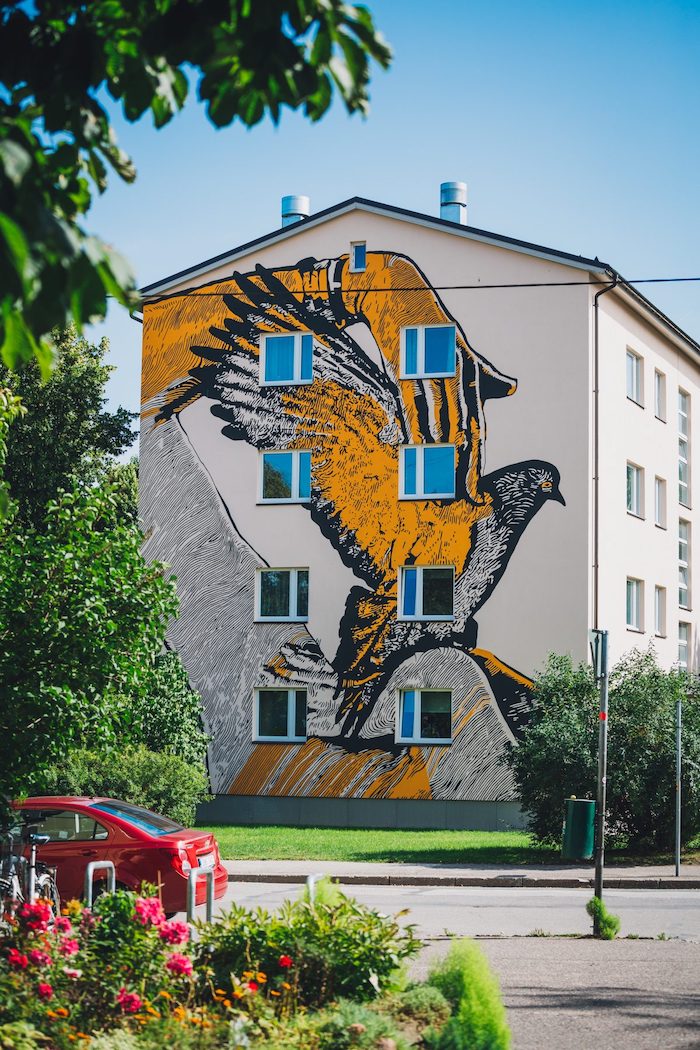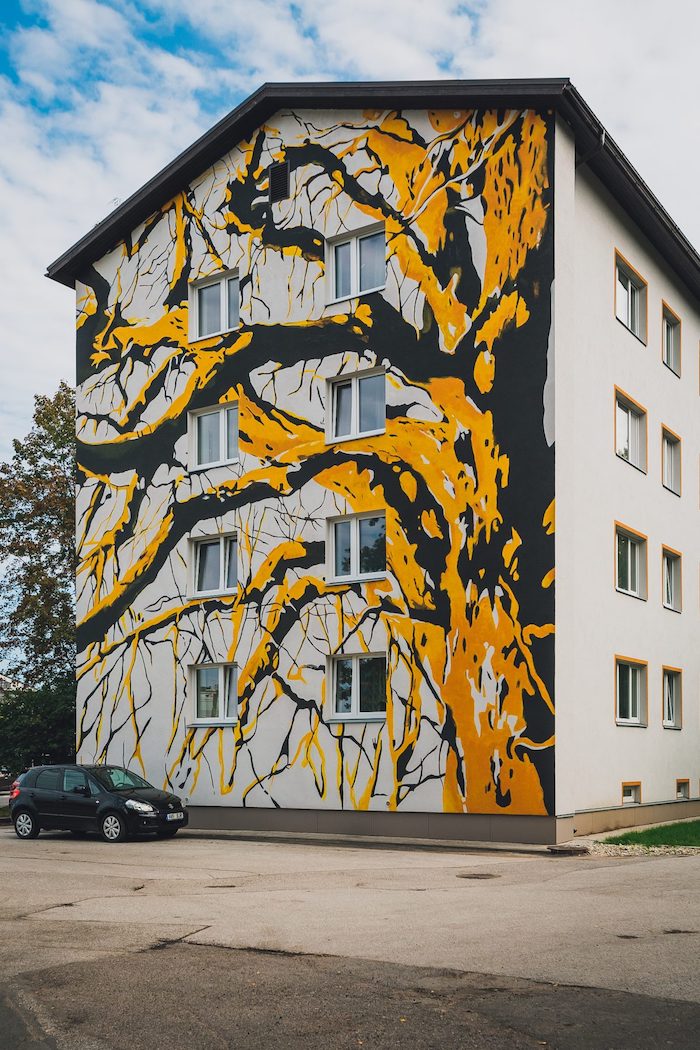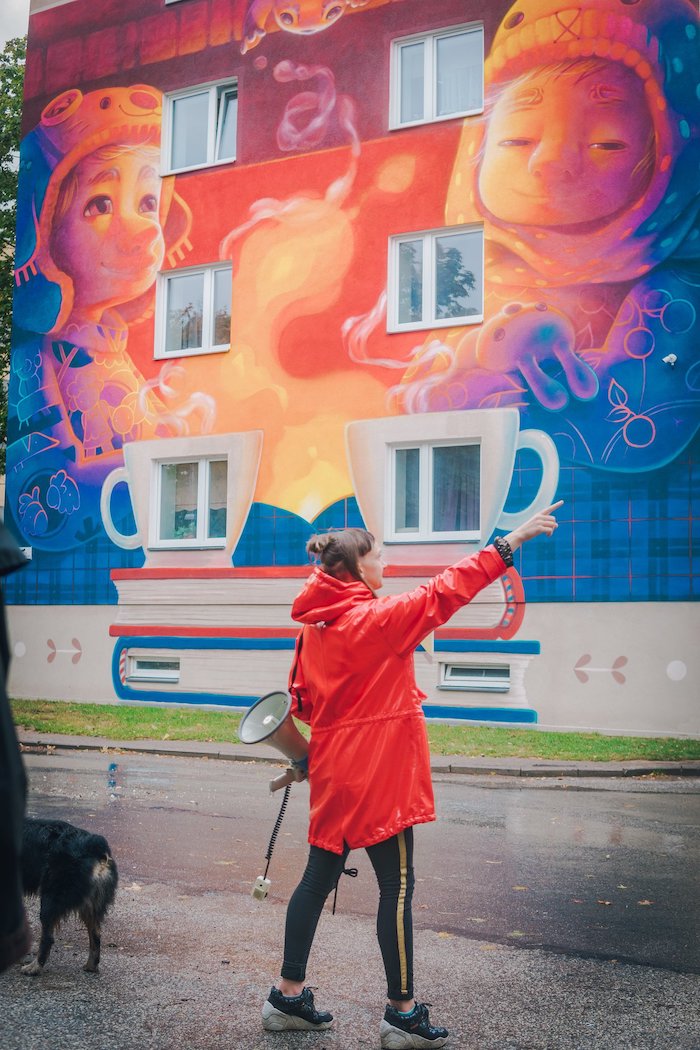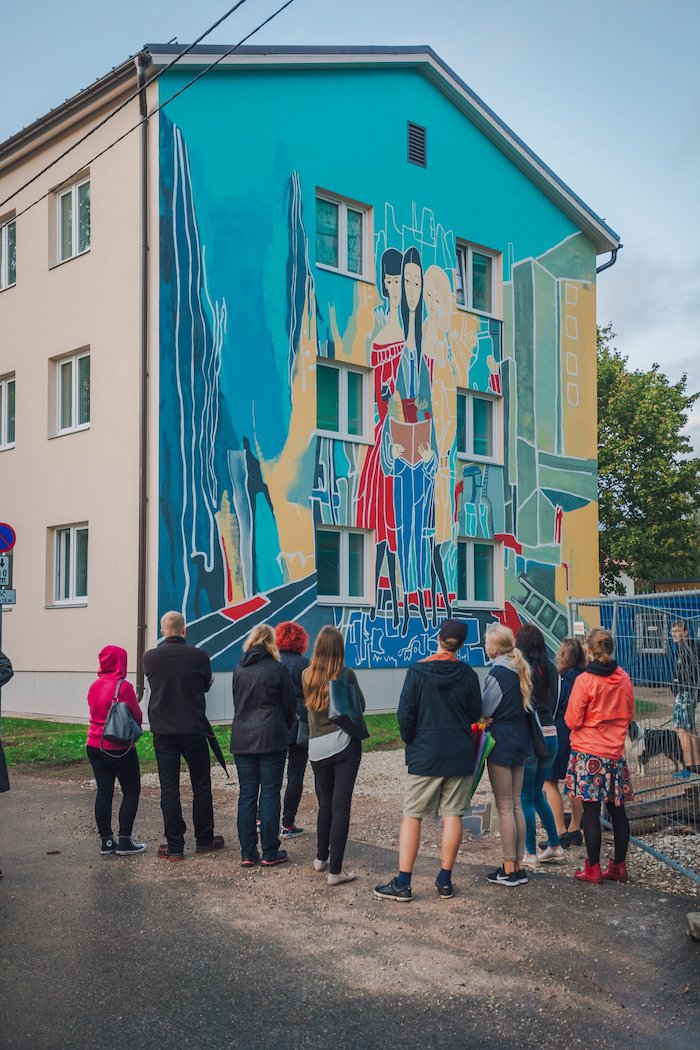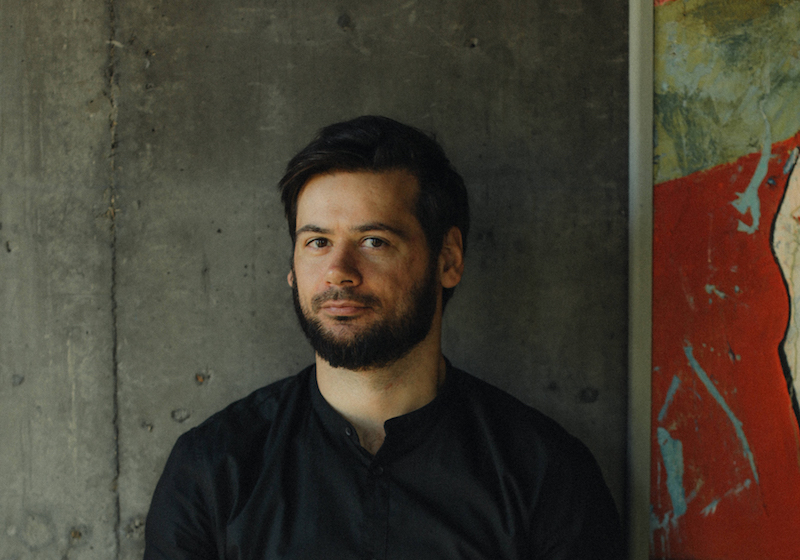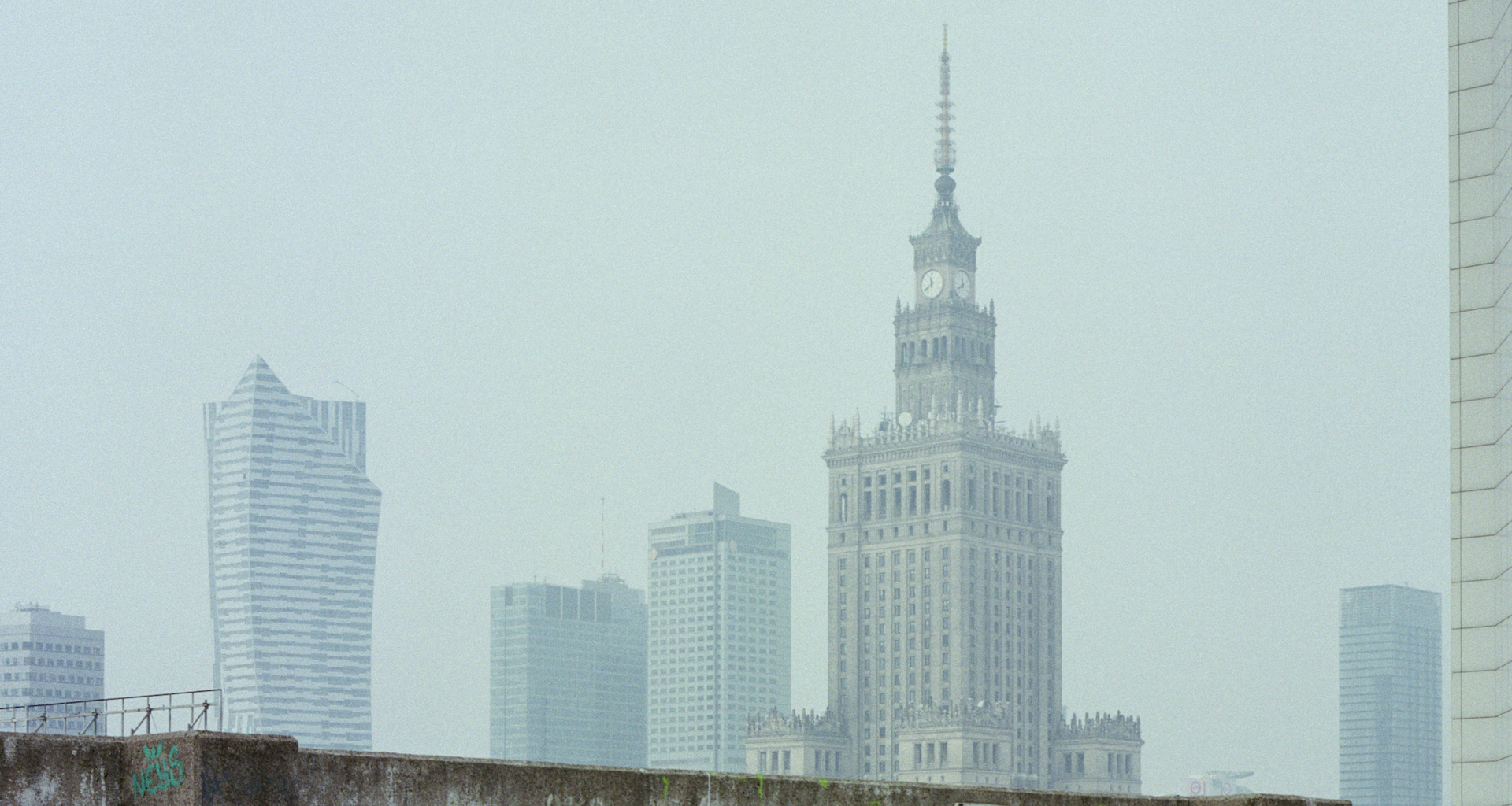Soviet housing is finally getting a smart tech makeover. All hail the ‘Smartovka’
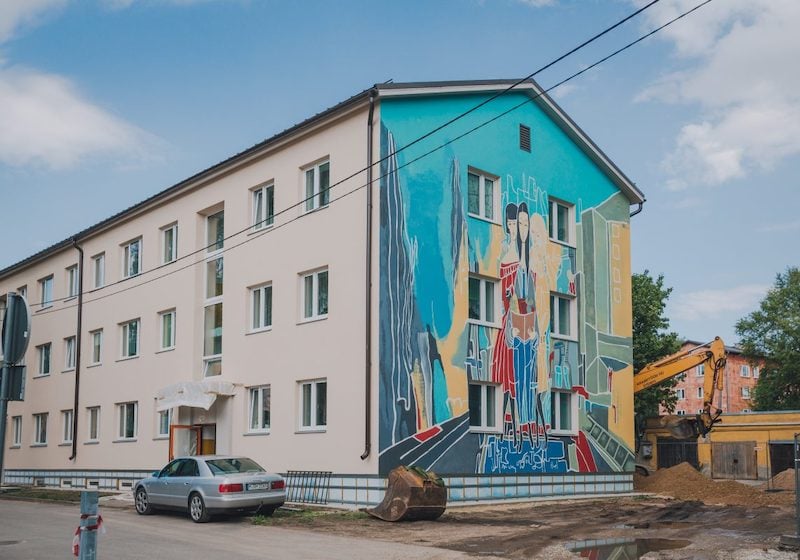
One project is transforming Soviet housing stock in Estonia into the next generation of smart homes, with plans to expand across the rest of Eastern Europe.
They are the squat, prefabricated apartment blocks that dominate skylines from Slovakia to Tajikistan, the ubiquitous symbol of the post-socialist city. They are the khrushchevki, quick-build, low-cost structures designed as speedy post-war housing. Today, however, they’re being reinvented for a new generation. Introducing: the ‘Smartovki’.
Once built in the thousands — and affectionately called khrushchevki in honour of Soviet leader Nikita Khrushchev — the pre-fab buildings emerged from a housing crisis that followed the Second World War. Rising between three and five storeys high (the maximum height a building could reach before local laws required the installation of an elevator), the constructions were planned to last 25 years, by which time they were expected to be replaced.
But when the clock ran out, the great Soviet state — already bogged down by years of stagnation — did not step in to provide alternative accommodation. Many of the original khrushchevki have more than doubled their intended lifespan and still provide homes to millions of people across the Eastern bloc.
Most are now located on prime, inner-city real estate, where residents can enjoy the copious green spaces and low density housing they provide: at least when compared to the 21-floor mega towers that sprawl in some modern city suburbs.
But even khrushchevki enthusiasts cannot deny that many of the buildings are simply no longer fit for purpose. Tens of thousands of apartment blocks are blighted by poor ventilation, bursting pipes, and draughty rooms. In terms of practical infrastructure, the houses are also a drain, demanding more energy to heat and more money spent on maintenance.
Some areas have resorted to the original Soviet plan of demolishing the blocks and building new ones in their place. Moscow officials grabbed headlines in 2017 with their plan to demolish 8,000 khrushchevki and resettle 1.6 million tenants across the Russian capital. But aside from the high costs — offset by property developers keen to snap up the now-vacated real estate — the plans also sparked a fierce backlash from residents who saw their communities being ripped apart. Even if khrushchevki were originally built as temporary blocks, they have now become permanent homes.
A child plays outside a Soviet-era housing block in Tartu.
Instead of demolishing them, many are instead looking at regenerating and reviving the buildings themselves. In countries such as Bulgaria and Romania, grant money from the European Union is being used to re-clad buildings in a bid to make them more energy-efficient. But some want to go further. What if renovation money could be used not just to bring khrushchevki up to modern standards — but to turn them into next-generation smart homes? SmartEnCity is an EU-funded project trying to create carbon-neutral cities across Denmark. As well as working on projects in Spain and Denmark, it’s focusing on the Estonian city of Tartu to transform the city’s khrushchevki into self-declared smartkovki.
The buildings can be side-by-side with two to three storey wooden buildings or a 14th century Gothic church
In many ways, Tartu is typical of other regional cities: it suffered under heavy bombing during the Second World War, and panel buildings were constructed in the spaces left behind. “The khrushchevki are located in different parts of Tartu and luckily they do not create a massively distinct area, although most of the buildings, 47, all together, are located in the central district,” says Raimond Tamm, who’s leading the Tartu project. “Depending on the location, the buildings can be side-by-side with two to three storey wooden buildings, a 14th century Gothic church, or a brand new real-estate development.”
Like those in Moscow, surveys show that current khrushchevki dwellers largely support their homes being remodelled (although, as Taimm points out, these surveys don’t include residents who have moved away or been driven out by the poor conditions). As a rule, people are happy with their buildings’ location and size of each home, but suffer from lack of parking spaces, dissatisfaction with out-of-date heating, and poor ventilation.
Some 17 buildings close to the city centre have been chosen for the pilot retro-fitting programme, which is designed to aggressively cut down on the blocks’ energy waste.
The outer walls will be lined with pre-insulated panels, windows will be replaced with triple-glazing and front doors and rooftops will be replaced or reconstructed to reduce heat loss. A new ventilation system will be fitted, as well as solar panels, and low-temperature cooling systems.
“The energy performance of the un-renovated apartment buildings of the pilot area is worse than the Estonian average,” says Tamm. “This is due to the low heat retention of the external walls that are of poor construction quality and were built using inferior insulation materials. [In fact,] heat consumption is about 100 per cent higher [in khrushchevki] compared to modern buildings.”
These considerations aren’t just about promoting a more eco-friendly lifestyle.
These considerations aren’t just about promoting a more eco-friendly lifestyle. Poor insulation means fluctuating temperatures and moisture levels, which means apartments are more likely to be blighted by mould (and the health problems that can come with it). It can also mean serious savings for residents. “After retrofitting, the average owner of a 50m2 apartment could save around €350 each year on heating,” says Tamm.
It’s not just practical changes to the material of the buildings themselves which are set to make a difference. The team also hopes to give each apartment a smart home system which will allow them to monitor, measure, and control different aspects of their home. In many ways, this isn’t new technology: many utility companies now encourage customers to use smart metres in their homes, largely because it helps companies to bill customers quicker and more accurately.
A retrofitted, Soviet-era building in Tartu.
But in Tartu, the teams hope that the smart home systems will help residents look back at their own actions, to inspire a sense of control, and ownership over the changes which have happened in their homes. “Hopefully inhabitants will analyse their [smart metre] results, reduce their unnecessary consumption, reduce their environmental impact, and also save money at the end of the day,” says Tamm.
“Initially, when the project and its goals were introduced to the public, there was quite a lot of negative or sceptical feedback,” says Tamm. “The project seemed too expensive and too ambitious and many of the early meetings were spent in intense discussions with housing association representatives. The working group had their doubts whether it was possible to get the required number of housing associations to join the project.”
Perhaps in contrast to housing regeneration projects in Moscow, this commitment to ownership and community engagement has remained a vital cornerstone of the Tartu project. A working group meets every two weeks to plan events, meetings, consultations, and trainings, manage social media and gather feedback on the project. From the beginning, organisers have described citizen engagement as “a very important part of the success of the programme”.
One element has been offering residents a whole package: something that goes beyond just numbers and energy-saving statistics. International artists were brought into the project, with each housing association given the chance to choose a painter they could work with to commission a unique mural for the side of their building. As well as marking out the building as special, similar urban art is proven to increase happiness and property values, says Tamm.
But overall, he says, the key to success was consistent, personal communication. In the end, housing associations had to be turned away from the project due to a lack of funds.
“Creating a sense of community is important,” says Tamm. “Over the years, both the project team and the housing associations who have joined the project have gotten to know each other very well. This has created a newly found sense of community in the area: neighbours became friends.”
While their work in Tartu is still far from finished, the SmartEnCity team hopes that their programme could be rolled out across hundreds of European towns and cities. A SmartEnCity consortium has developed a network of more than 40 cities all following and sharing information from the project. It’s hoped that the reconstructed buildings can act as models and examples to other housing associations who may otherwise be tempted to scrimp on or skirt certain issues while renovating their own buildings, such as updating the cladding while ignoring less visible improvements such as ventilation and solar panels.
Tartu, however, does have advantages that similar regional cities may not share. The team quickly found that the political decision-making process for building developments are much faster in Estonia than elsewhere in Europe. The country’s large digital infrastructure has provided a wealth of skilled workers, as well as prepared the country for a more innovative mindset.
But Tamm also stresses that there are barriers which have had to be overcome. “Our main challenges here in Tartu are quite often related to financing issues, both from the public and the private sectors. Our investment potential is rather limited compared to large cities and countries in Western Europe,” he says. Local ownership issues are also a problem, with most Estonian property in the hands of private owners, with each flat owned individually. That makes refurbishment far more complex than in other countries, where a single apartment block will have one or two large landlords.
But Tamm insists that overcoming these obstacles has been more than justified, given the project’s impact on the wider community. As well as raising awareness of energy waste at home, he says that the scheme has given the city the energy to take on other parts of the SmartEnCity programme: such as launching a city-wide bike sharing system, or creating charging points for electric cars.
“[The buildings] make the district more beautiful,” Tamm says. “We’re seeing more people who know about the programme and the wider steps we want to take: projects that will get people to act in a more energy efficient and sustainable manner. It has had a strong impact on our city environment, which touches every one of us living in the city. We can already see it happening.”
